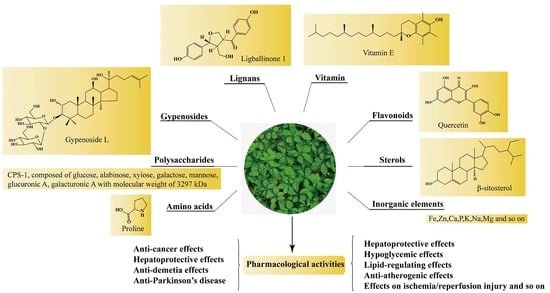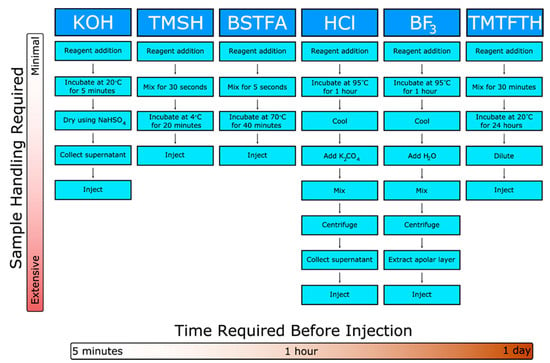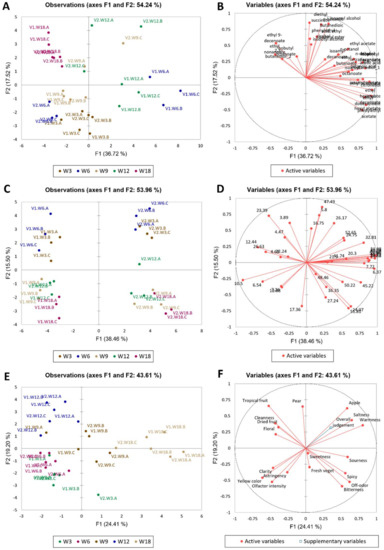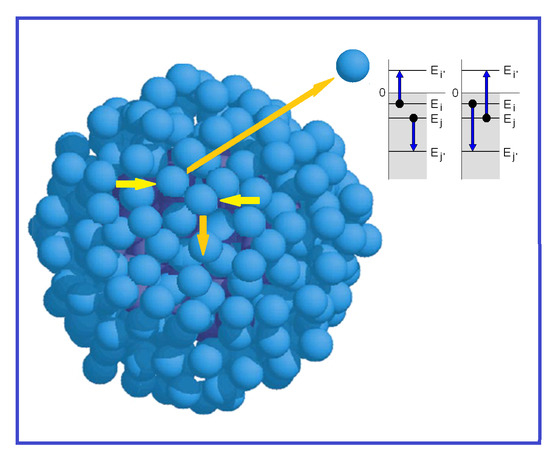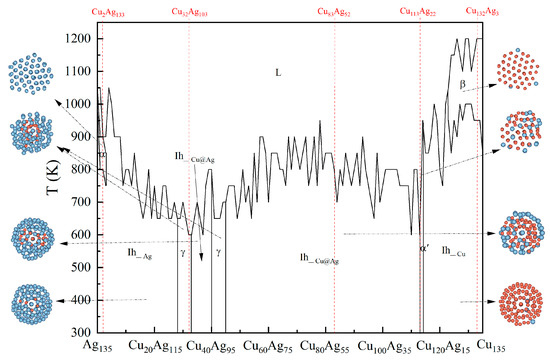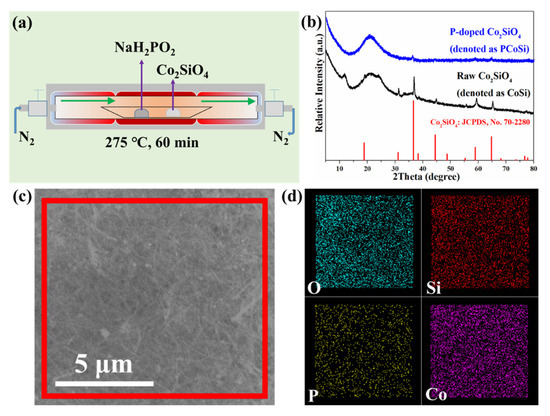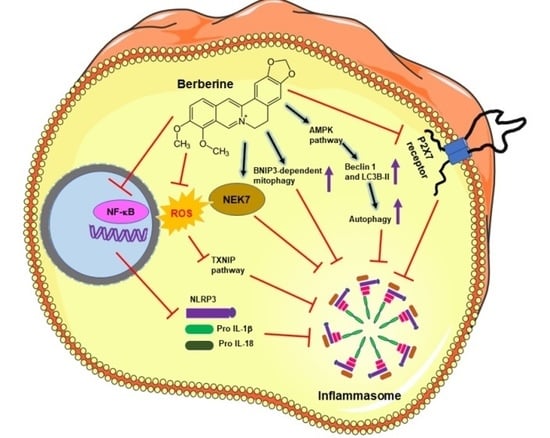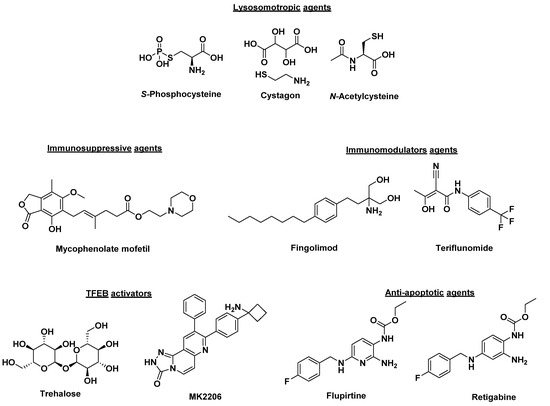1
Department of Pharmaceutical Analysis, School of Pharmacy, Key Laboratory of Hui Ethnic Medicine Modernization, Ministry of Education, Ningxia Medical University, 1160 Shenli Street, Yinchuan 750004, China
†
The authors contributed equally to this work.
Molecules 2021, 26(20), 6249; https://doi.org/10.3390/molecules26206249 - 15 Oct 2021
Cited by 87 | Viewed by 12689
Abstract
Gynostemma pentaphyllum (Thunb.) Makino (GP), also named Jiaogulan in Chinese, was known to people for its function in both health care and disease treatment. Initially and traditionally, GP was a kind of tea consumed by people for its pleasant taste and weight loss
[...] Read more.
Gynostemma pentaphyllum (Thunb.) Makino (GP), also named Jiaogulan in Chinese, was known to people for its function in both health care and disease treatment. Initially and traditionally, GP was a kind of tea consumed by people for its pleasant taste and weight loss efficacy. With the passing of the centuries, GP became well known as more than just a tea. Until now, numbers of bioactive compounds, including saponins (also named gypenosides, GPS), polysaccharides (GPP), flavonoids, and phytosterols were isolated and identified in GP, which implied the great medicinal worth of this unusual tea. Both in vivo and in vitro tests, ranging from different cell lines to animals, indicated that GP possessed various biological activities including anti-cancer, anti-atherogenic, anti-dementia, and anti-Parkinson’s diseases, and it also had lipid-regulating effects as well as neuroprotection, hepatoprotective, and hypoglycemic properties. With the further development and utilization of GP, the research on the chemical constituents and pharmacological properties of GP were deepening day by day and had made great progress. In this review, the recent research progress in the bioactive compounds, especially gypenosides, and the pharmacological activities of GP were summarized, which will be quite useful for practical applications of GP in the treatment of human diseases.
Full article
(This article belongs to the Special Issue Phytotherapy: Medicinal Plants and Natural Products in Healthcare)
▼
Show Figures

